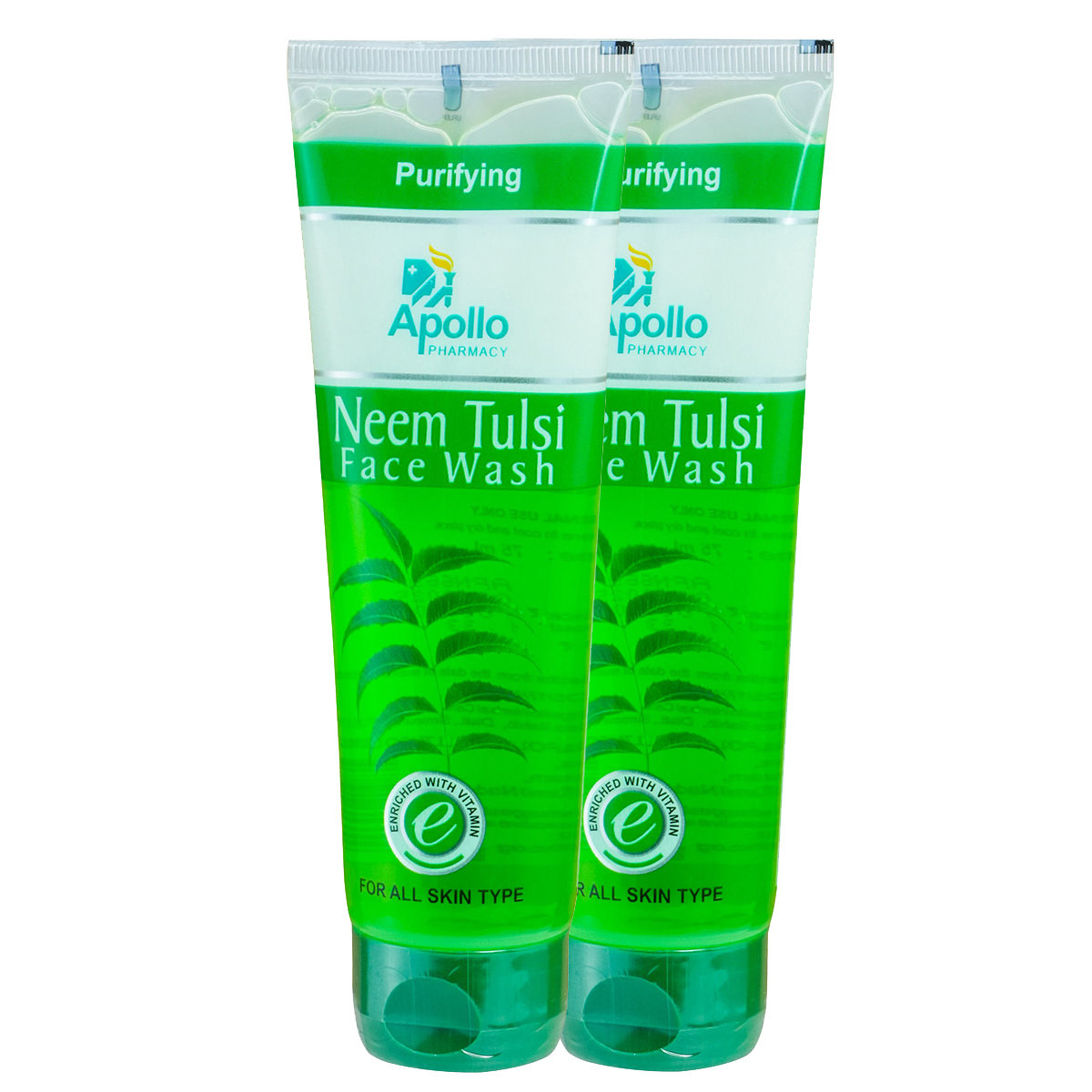Dipnate G Ointment 15 gm

MRP ₹66.5
(Inclusive of all Taxes)
₹10.0 Cashback (15%)
Know Your Delivery Time
Provide Delivery Location

Secure Payment

India's Most Trusted Pharmacy

Genuine Products
Composition :
Manufacturer/Marketer :
Consume Type :
Return Policy :
Expires on or after :
About Dipnate G Ointment
Dipnate G Ointment is a combination medicine of antibiotics and steroids used to treat bacterial skin infections. Bacterial skin infections include eczema (inflamed, itchy, cracked, and rough skin patches), psoriasis (uneven or bumpy red patches covered with white scales), and dermatitis (itchy inflammation of the skin). A bacterial infection is a condition in which harmful bacteria grow in the body and cause infection. It can infect any part of the body and multiply very quickly.
Dipnate G Ointment is a combination of two drugs: Betamethasone (corticosteroid) and Gentamicin (antibiotic). Betamethasone belongs to the class of corticosteroids, which blocks prostaglandins production (chemical messengers) that make the affected area red, swollen and itchy. On the other hand, Gentamicin is an aminoglycoside antibiotic that prevents the synthesis of essential proteins required by the bacteria to carry out vital functions. It has broad-spectrum activity against aerobic Gram-positive and Gram-negative bacteria.
You are advised to use Dipnate G Ointment for as long as your doctor has prescribed it for you, depending on your medical condition. Avoid contact of Dipnate G Ointment with the nose, ears, mouth or eyes. In case Dipnate G Ointment comes in contact with these areas accidentally, rinse with water thoroughly. You may sometimes experience itching, irritation, or burning sensation at the application site. Most of these side effects of Dipnate G Ointment do not require medical attention and gradually resolve over time. However, if the side effects persist or worsen, please consult your doctor.
If you are pregnant or breastfeeding, please inform your doctor before using Dipnate G Ointment. Apply Dipnate G Ointment with caution near the eyes as Dipnate G Ointment may lead to glaucoma if it gets into the eye. Do not cover or wrap the treated area with bandages unless advised by your doctor. Avoid smoking or going near naked flames as the fabric (bedding, clothing, dressings) in contact with Dipnate G Ointment catches fire and burns easily, which is a serious fire hazard.
Uses of Dipnate G Ointment
Dipnate G Ointment is used in the treatment of bacterial skin infections. The detailed uses of Dipnate G Ointment are as follows:
- Treats bacterial infection: Dipnate G Ointment targets and eliminates the bacteria causing the infection, supporting quicker skin recovery.
- Treats infected inflammatory skin conditions: Dipnate G Ointment is effective in managing conditions like eczema, dermatitis, or psoriasis that are complicated by bacterial infections.
- Reduces redness, swelling, and itching: Dipnate G Ointment helps to relieve skin inflammation, itching, and irritation caused by allergic, infection, or inflammatory responses.

Have a query?
Directions for Use
- Follow your doctor's instructions on the dosage and timing of this medication, to ensure the safety.
- Take a small amount of Dipnate G Ointment and gently apply as a thin layer on the affected area of the skin.
- Wash your hands before and after using Dipnate G Ointment if your hands are not the affected area to prevent the spread of infection.
- Avoid contact with the nose, mouth, or eyes. In case of accidental contact with these areas, rinse with water thoroughly.
Medicinal Benefits
Dipnate G Ointment is a combination of two drugs, Betamethasone and Gentamicin, which reduce swelling, itching, and redness caused due to bacterial skin infections. Betamethasone is a corticosteroid that blocks prostaglandins' production (chemical messengers), making the affected area red, swollen, and itchy. Betamethasone effectively treats inflammation and itchiness. Gentamicin is an aminoglycoside antibiotic that prevents bacteria from synthesising essential proteins required by bacteria to carry out vital functions. Collectively, Dipnate G Ointment used to treat various bacterial skin infections, such as eczema (inflamed, itchy, cracked, and rough skin patches), psoriasis (skin cells multiply rapidly to form bumpy (uneven) red patches covered with white scales), and dermatitis (itchy inflammation of the skin).
How Dipnate G Ointment Works
Storage
What if I have taken an overdose of Dipnate G Ointment
Drug Warnings
Do not use Dipnate G Ointment if you are allergic to Betamethasone, Gentamicin, or other medicines. If you are pregnant or breastfeeding, please inform your doctor before taking Dipnate G Ointment. Do not use Dipnate G Ointment on children unless prescribed by the doctor. Do not wrap or cover the treated area with bandages unless advised by your doctor, as it may increase the risk of side effects. Do not use Dipnate G Ointment in more than prescribed doses or on a large area of skin for a longer duration, as it may cause side effects and makes skin more sensitive to Dipnate G Ointment. Do not swallow Dipnate G Ointment. In case of accidental swallowing, please consult a doctor. If you have acne, perioral dermatitis (redness and swelling of the skin around the mouth), rosacea (redness and often red, small, pus-filled bumps on the face), glaucoma, cataracts, ear or eye infections due to fungus, a hole in the eardrum, syphilis (a bacterial infection), chickenpox or sores, athlete’s foot, broken veins or skin ulcers, tuberculosis, please inform your doctor before taking Dipnate G Ointment.
Drug-Drug Interactions
Drug-Drug Interactions
Login/Sign Up
Drug-Food Interactions
Drug-Food Interactions
Login/Sign Up
Diet & Lifestyle Advise
- Eat foods rich in quercetin (a flavonoid), such as apples, cherries, broccoli, spinach and blueberries.
- Consuming food rich in probiotics helps in developing the immune system against allergies.
- Limit intake of food that might trigger allergies, such as dairy products, soy, eggs, and nuts.
- Avoid the consumption of foods with excess sugar, as it may flare up inflammation.
- Include fruits, vegetables, whole grains, healthy fats, and fish.
- Avoiding getting in contact with harsh soaps, detergents and rough fabrics.
Habit Forming
Therapeutic Class
All Substitutes & Brand Comparisons
Alcohol
Caution
Interaction of Dipnate G Ointment with alcohol is unknown. Please consult your doctor before consuming alcohol while using Dipnate G Ointment.
Pregnancy
Caution
If you are pregnant, consult your doctor before using Dipnate G Ointment.
Breast Feeding
Caution
If you are breastfeeding, consult your doctor before using Dipnate G Ointment. Do not apply Dipnate G Ointment on the breast.
Driving
Safe if prescribed
Dipnate G Ointment may not affect your driving ability.
Liver
Safe if prescribed
If you have any concerns regarding the use of Dipnate G Ointment in patients with liver problems, please consult your doctor.
Kidney
Safe if prescribed
If you have any concerns regarding the use of Dipnate G Ointment in patients with kidney problems, please consult your doctor.
Children
Caution
Dipnate G Ointment should be used with caution in children if prescribed by a doctor.
Heart
Consult your doctor
Please inform your doctor if you have any pre-existing heart problems
Geriatrics
Consult your doctor
Limited information available for use of Dipnate G Ointment in elderly patients. Please consult your doctor.
FAQs
Dipnate G Ointment is used to treat bacterial skin infections.
Dipnate G Ointment contains Betamethasone and Gentamicin. Betamethasone belongs to the class of corticosteroids that act inside skin cells and inhibit the release of certain chemical messengers in the body that cause redness, itching and swelling. Gentamicin is an antibiotic class that inhibits the production of essential proteins necessary for bacteria to grow, multiply, and increase in numbers. Thereby, it stops the growth of bacteria without killing them directly. Then the bacteria eventually die, or the immune system destroys them and prevents further bacterial infection growth.
You are recommended to cover the treated area of the skin with bandages or dressings only if advised by your doctor. Covering treated areas can increase the amount of medicine absorbed through your skin and may cause harmful effects. However, please consult a doctor before covering the skin with bandages.
No, Dipnate G Ointment is not used to treat diaper rash as using Dipnate G Ointment under your child’s nappy enables Dipnate G Ointment to pass through the skin easily and cause adverse effects. However, please consult a doctor before using Dipnate G Ointment in children.
Dipnate G Ointment should be used with caution in diabetic patients as Dipnate G Ointment contains Betamethasone (corticosteroid). Generally, steroid medicines may increase blood sugar levels. Therefore, inform your doctor if you have diabetes before using Dipnate G Ointment so that the dose may be adjusted appropriately.
No, Dipnate G Ointment is not recommended to treat acne as it may worsen the condition. Dipnate G Ointment is only used to reduce itching, swelling, and redness caused due to certain skin diseases such as psoriasis, eczema or dermatitis. However, please consult a doctor before using Dipnate G Ointment.
Country of origin
Manufacturer/Marketer address
Customers Also Bought
Disclaimer
Author Details
We provide you with authentic, trustworthy and relevant information
Buy best Dermatology products by
Others
AYUR
MINTOP
Venusia
UV DOUX
KETO
ELOVERA
NEVLON
TUGAIN
FIXDERMA
ONABET
SELSUN
SOLSET
UVAVO
BETADINE
CANDID
MINOIL
KETAFUNG
MOISTUREX
REJUGLOW
TRICOMAX
TRUDERMA
ACTAME
BIOLINE
CLOCIP
Canesten
DERMADEW
KENZ
KETOMAC
MELALUMIN
OLESOFT
SLC
ZENSOFT
ZORAY
ECOKET
MELAGARD
MORR
NIXIPER
PHOTON
REJUHAIR
SUDERMA
SUNSTOP
AQUASOFT
CIPHANDS
CLINSOL
CUVIA
DEWDERM
DEWSOFT
DUCRAY
DYSIS
EKRAN
KETOL
LOZISOFT
MESODEW
MINOPEP
OILATUM
PARASOFT
PMT
SOLASAFE
SUNBAN
SUNCROS
ACCARE
ACMED
BLYNDS
COSALIC
DANCLEAR
DEPISHINE
Evion
GLAMBAK
GLYMED
HAIRGUARD
Hair Shield
ISDIN
KETOPZ
KTC
KZ
L-SKIN
LACNE
MEDERMA
MEDILICE
PERITOP
PERMED
PHOTOSTABLE
PHYSIOGEL
PSOROLIN
Q-SERA
RITCH
SOFIDEW
SUNMATE
TRIRISE
TVAKSH
ULTRA
UNISON
YUVINIE
A-DERMA
ACNE-UV
ACNESTAL
ACNESTAR
ACNETHRO
ADCROSS
Glenmark Pharmaceuticals Ltd
Canixa Life Sciences Pvt Ltd
Klm Laboratories Pvt Ltd
Sun Pharmaceutical Industries Ltd
Cipla Ltd
Intas Pharmaceuticals Ltd
Abbott India Ltd
Ajanta Pharma Ltd
East West Pharma India Pvt Ltd
Dr Reddy's Laboratories Ltd
Brinton Pharmaceuticals Ltd
Leeford Healthcare Ltd
Alkem Laboratories Ltd
Skinocean Pharmaceuticals
Amwill Healthcare Pvt Ltd
Atopic laboratories Pvt Ltd
Hegde & Hegde Pharmaceutica Llp
Torrent Pharmaceuticals Ltd
Palsons Derma Pvt Ltd
Dermacia Healthcare
Oaknet Healthcare Pvt Ltd
Ipca Laboratories Ltd
Micro Labs Ltd
Yaher Pharma
Med Manor Organics Pvt Ltd
Dermocare Laboratories Gujarat Llp
Apex Laboratories Pvt Ltd
Talent India Pvt Ltd
Kivi Labs Ltd
Mankind Pharma Pvt Ltd
Systopic Laboratories Pvt Ltd
Menarini India Pvt Ltd
Nemus Pharmaceuticals Pvt Ltd
Ethinext Pharma
Zydus Cadila
Regaliz Medicare Ltd
Inex Medicaments Pvt Ltd
Mohrish Pharmaceuticals Pvt Ltd
Hbc Dermiza Healthcare Pvt Ltd
Lupin Ltd
Mrhm Pharma Pvt Ltd
Zydus Healthcare Ltd
Eskon Pharma
GlaxoSmithKline Pharmaceuticals Ltd
La Pristine Bioceuticals Pvt Ltd
Praise Pharma
Wallace Pharmaceuticals Pvt Ltd
Newtrimed Healthcare Pvt Ltd
Biocute Life Care
Glowderma Lab Pvt Ltd
Macleods Pharmaceuticals Ltd
Sol Derma Pharmaceuticals Pvt Ltd
Aurel Biolife
Ethicare Remedies Pvt Ltd
Galcare Pharmaceuticals Pvt Ltd
Kaizen Drugs Pvt Ltd
Percos India Pvt Ltd
Rockmed Pharma Pvt Ltd
Elder Pharmaceuticals Ltd
Rely On Pharmaceuticals
Wockhardt Ltd
Zee Laboratories Ltd
Karlin Pharmaceuticals & Exports Pvt Ltd
Alniche Life Sciences Pvt Ltd
Connote Healthcare
La Med Healthcare Pvt Ltd
Prism Life Sciences Ltd
Yap Bioceuticals
P and P Dermaceuticals Pvt Ltd
Adonis Laboratories Pvt Ltd
Indiabulls Pharmaceuticals Pvt Ltd
Lyra Laboratories Pvt Ltd
Akumentis Healthcare Ltd
Albatross Healthcare Pvt Ltd
Apple Therapeutics Pvt Ltd
Arka Vital Science Pvt Ltd
Gary Pharmaceuticals Pvt Ltd
Rhine Biogenics Pvt Ltd
Yash Pharma Laboratories Pvt Ltd
Dermajoint India
Leogard Pharmaceuticals Pvt Ltd
Dermarex HealthCare India Pvt Ltd
Iceberg Health Care Pvt Ltd
Capital Pharma
Eumedica Pharamceuticals
FDC Ltd
Glasier Wellness Inc
Grace Derma Healthcare Pvt Ltd
Oziel Pharmaceuticals Pvt Ltd
Salve Pharmaceuticals Pvt Ltd
West Coast Pharmaceuticals Pvt Ltd
Entod Pharmaceuticals Ltd
Jenburkt Pharmaceuticals Ltd
Medcure Organics Pvt Ltd
Olcare Laboratories Pvt Ltd
Anhox Healthcare Pvt Ltd
Bioswizz Pharmaceuticals Ltd
Indchemie Health Specialities Pvt Ltd
Omniceutics Healthcare Pvt Ltd
Skinska Pharmaceutica Pvt Ltd
BODY CREAM
Body Lotion
Soap
Face Cream
Shampoo
Sun Screen
Face Gel
Face Wash
HAIR SOLUTION
BODY GEL
Face Serum
Hair Lotion
Hair Serum
Dusting Powder
ANTISEPTIC
Body Wash
Face Lotion
FACE CLEANSER
Body Spray
Foot Cream
Conditioner
Eye Cream
Eye Gel
Cleanser
Hair Cream
Hair Gel
Hair Spray
FUNGAL INFECTION
Hair Oil
Sanitizer
Specialty Supplements
Face Mask
Skin Ointment
Lip Balm
Capsule
Eye Serum
Intimate Wash
Hand Cream
Facial Spray
Face Toner
Hand Wash
SPECIALITY SUPPLEMENT
Tablet
BABY SUNSCREEN
Body Butter
Body Scrub
EYE SOLUTION
FACIAL WIPE
Gargle
Hair Color
Hair Mask
Hair Tonic
Intimate Spray
Lip Serum
VITAMIN D







